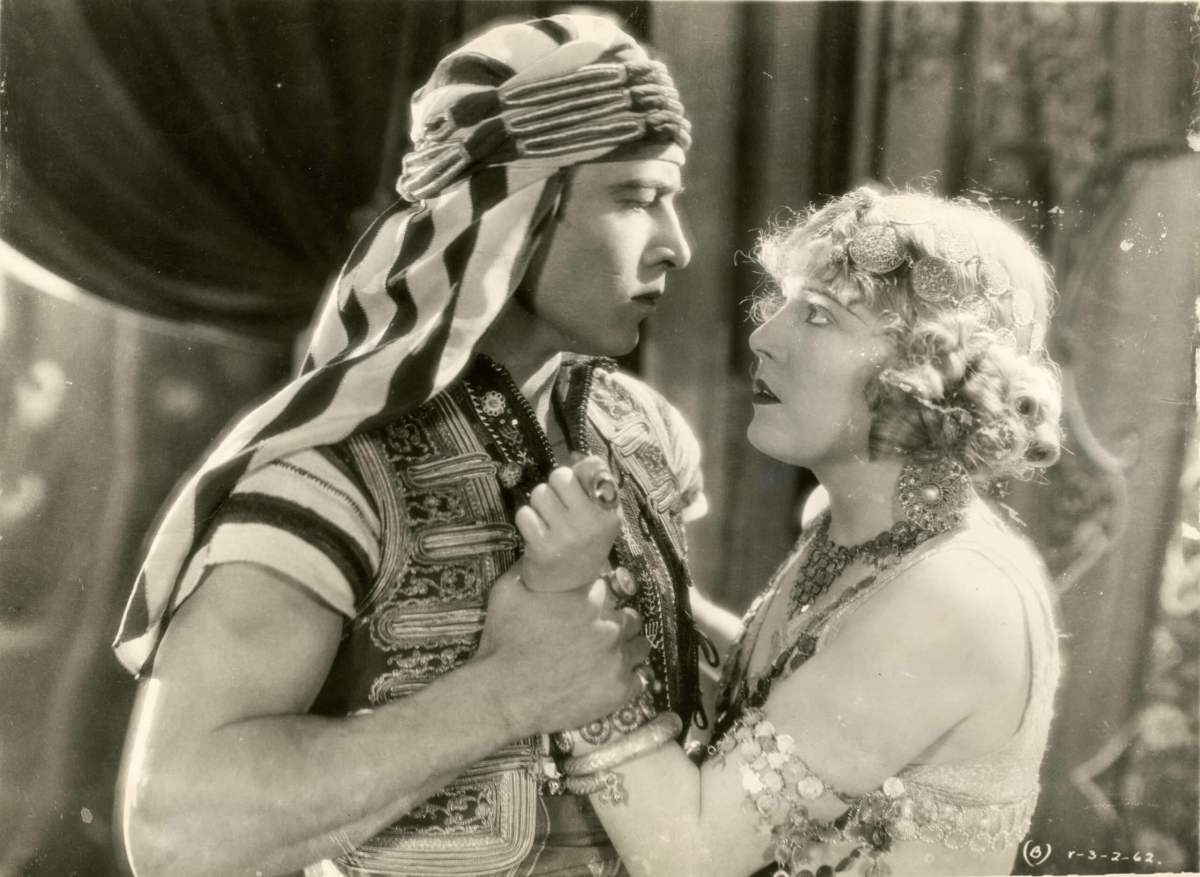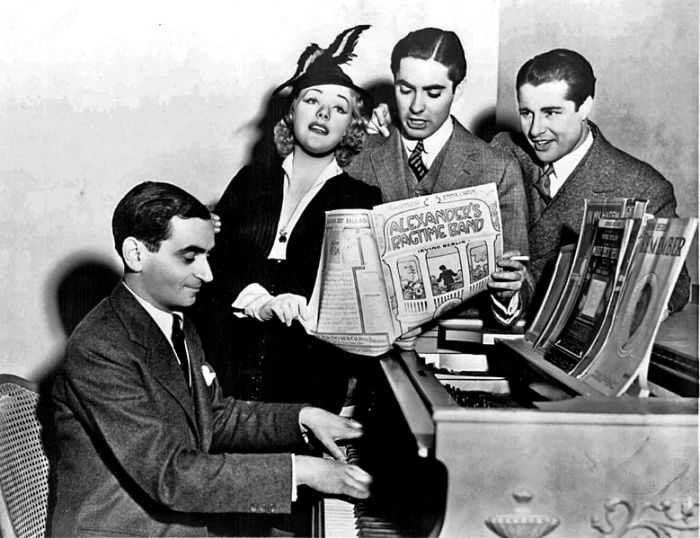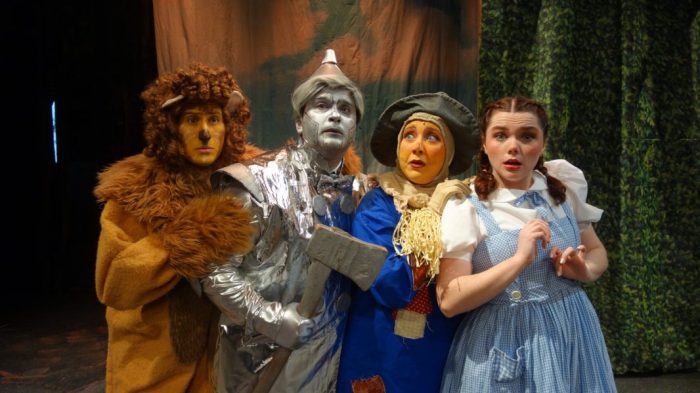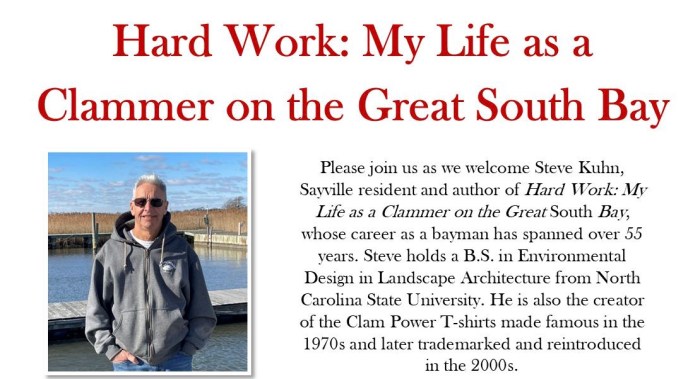With sexy, catlike grace, he tangoed his way across the silver screens of the 1920s. Audiences were enthralled by the intense, muscular silent film star, whether he was playing a Hindu prince clad in a skimpy, bejeweled loincloth, or an erotic Arab sheik ravishing a British heiress.
But before he became famous, Rudolph Valentino slept on park benches, washed dishes, and dug dirt as a Gold Coast gardener on a Long Island estate.
RUDY’S RHODOS
Rodolfo Alfonso Raffaello Pierre Filibert Guglielmi di Valentina d’Antonguella was born in May 1895 in Castellaneta, a Southern Italian village. The hyperactive child nicknamed “Mercury” tamed donkeys and explored ancient caves, reported biographer Emily W. Leider. He later said of his early years, “I became to myself an imaginary figure of great excellence, daring, and glamour.”
A poor student, he flunked out of school at 13, but later earned a degree in the Science of Farming from the Royal Academy of Agriculture. At 17, he traveled to Paris; he learned to dress well and dance, and emigrated to New York City a year later.
He found a position on Long Island as an apprentice landscape gardener at Oak Hill, the Georgian Revival estate of former Secretary of the Interior Cornelius N. Bliss Jr., in the spring of 1914. Bliss’s Gold Coast mansion in the Wheatly (now Wheatley) Hills near Brookville encompassed a farmhouse, a greenhouse, a chapel, bridle paths, dog kennels, tennis courts, and a bomb shelter.
The restless young man with dark, slicked-back hair ate his meals with the other servants, but he felt that working as a servant was beneath him. He longed to be closer to the sophistication of Manhattan, and became so interested in observing the manners of the rich and famous that he neglected his work. Bliss discharged him but arranged for his training with the Central Park commissioner. However, he couldn’t qualify because he was not an American citizen.
Although Oak Hill no longer exists, the flowering rhododendron shrubs the young gardener planted are still there, having existed for at least 100 years. BarbieGM wrote on wikimapia.org: “We always called them Rudy’s Rhodos…and as of last year [2013]…they are still there.”
Also surviving are the striking visuals of his next role: his legendary Hollywood performances.
TAXI PIRATES INFESTING BROADWAY
After leaving Bliss’s employ, he struggled to survive in Manhattan. His handsomeness and dance skills led to some work as a nightclub dancer and ballroom dance partner, but steady work was elusive. The gardener-actor-busboy-dancer reinvented himself constantly — but not always successfully: He slept on park benches and in all-night theaters, pawned his possessions, and acted in several movie background scenes. He even contemplated suicide.
Then tango mania hit: “Everything became tango oriented, from clothes to hairstyles to music to even menu items,” wrote ballroom dancer at Delta Dance George Pytlik. In October 1914, Maxim’s Restaurant-Cabaret in Manhattan took note of the man who had performed as an exhibition dancer for President Woodrow Wilson, hiring him to dance the Argentinian tango with unaccompanied wealthy women. Their partners were expected to do more than guide them around ballroom floors, as The New York Times headline screamed: “Tango Pirates Infest Broadway: Afternoon Dances Develop a New Kind of Parasite Whose Victims Are the Unguarded Daughters of the Rich.”
After becoming involved in a Chilean heiress’ divorce and being arrested on trumped-up vice charges, he fled, heading west to transform himself again, shortening his name to Rudolph Valentino. By 1917, he was teaching dance at San Francisco’s Cliff House. He moved to Hollywood, reviving his role as a dance partner for well-to-do women, and found bit parts in silent movies, before the invention of talkies.
MOVIE MAN WITH THE MOVES
Valentino’s breakout performance came in 1921 in The Four Horsemen of the Apocalypse. As Pytlik described it, the star-making scene showed “all the dramatic qualities of tango brilliantly displayed.”
The successful film led to more steamy scenes for the movie man with the moves, in The Sheik and The Son of the Sheik. “His tango actually was more a very subdued Apache Dance with a splash of tango and sex,” wrote Sonny Watson on StreetSwing.com.
He was filmdom’s first Latin sex symbol, adored by fans The Saturday Evening Post called “the nation’s more susceptible womenfolk, from flappers to grandmothers.” With his expressive arched eyebrows, heavy eye shadow, and olive skin, he was dubbed the “Latin lover” and “rubber legs.” According to The New York Times, “Sheik condoms went on sale, with a silhouette of Valentino on their packages.”
In 1926, when the 31-year-old was touring Manhattan promoting The Son of the Sheik, he died of complications after surgery for ruptured gastric ulcers. According to Smithsonianmag.com, “more than 100,000 people gathered on the steets in chaos” after his funeral; several committed suicide.































